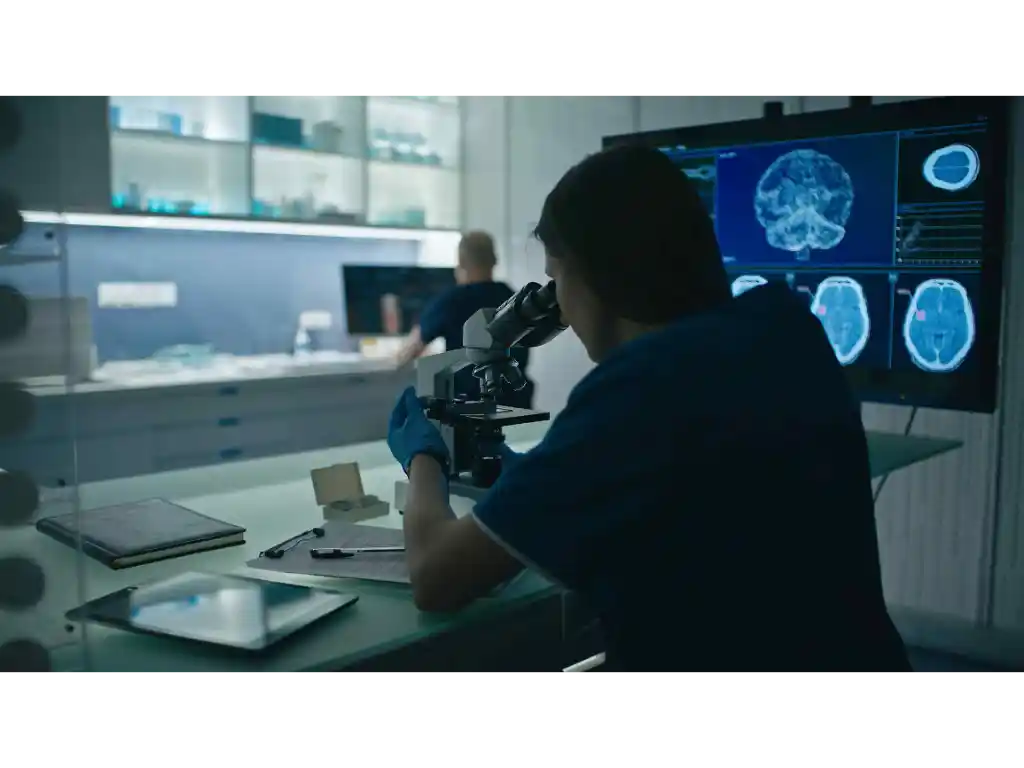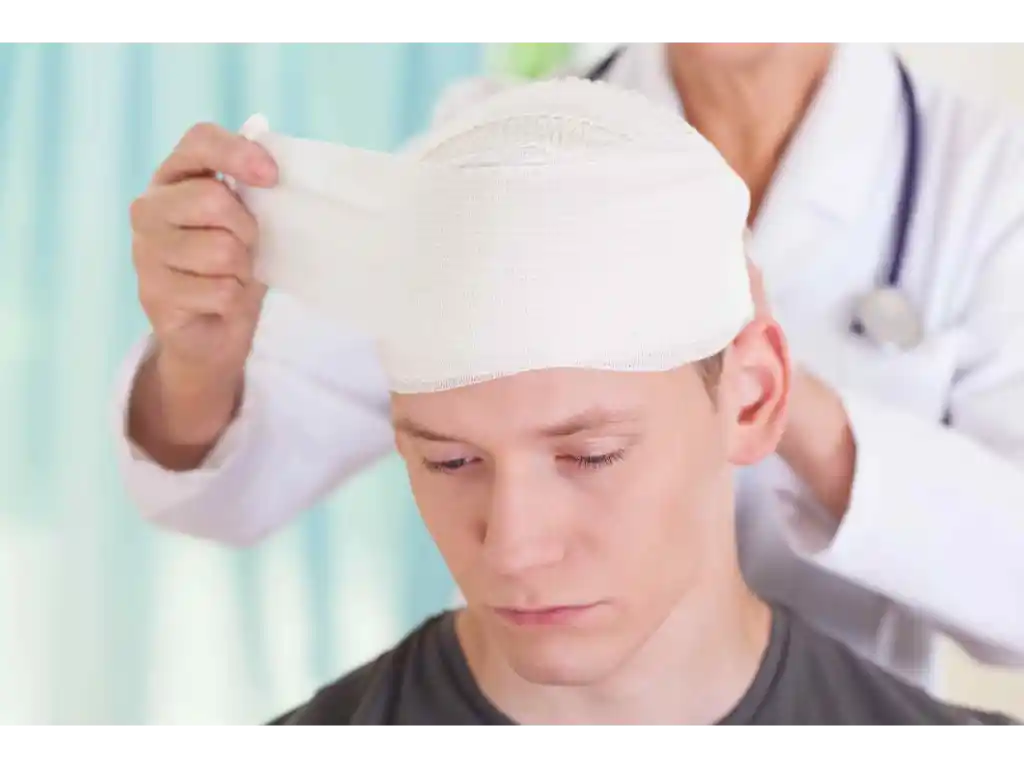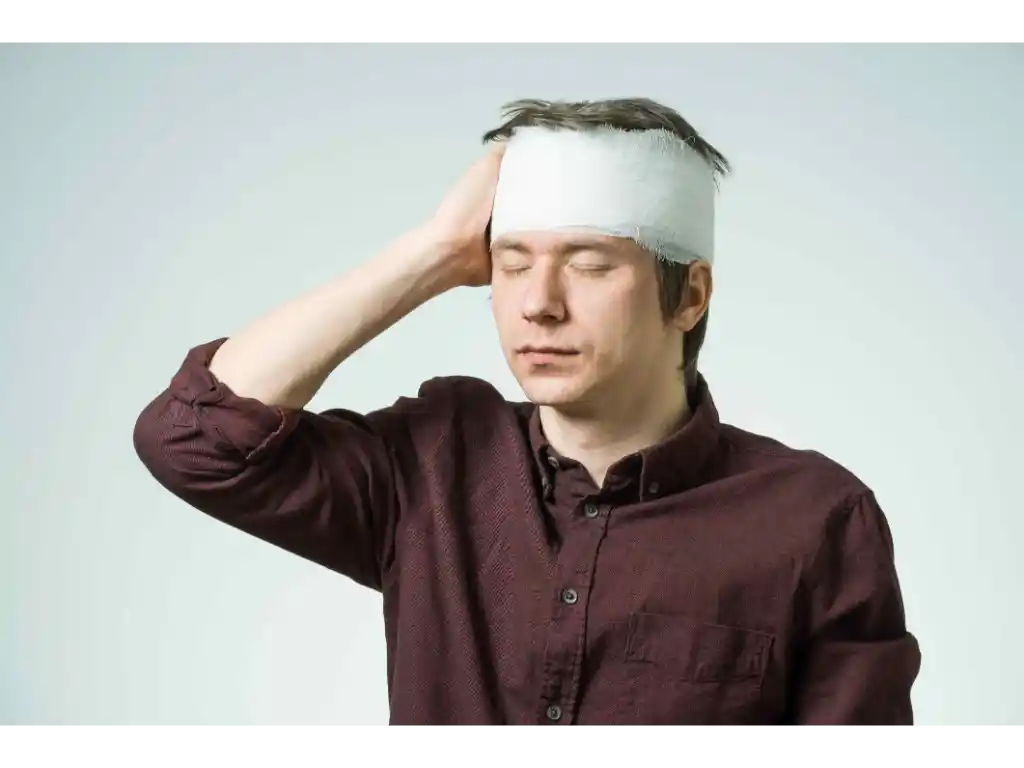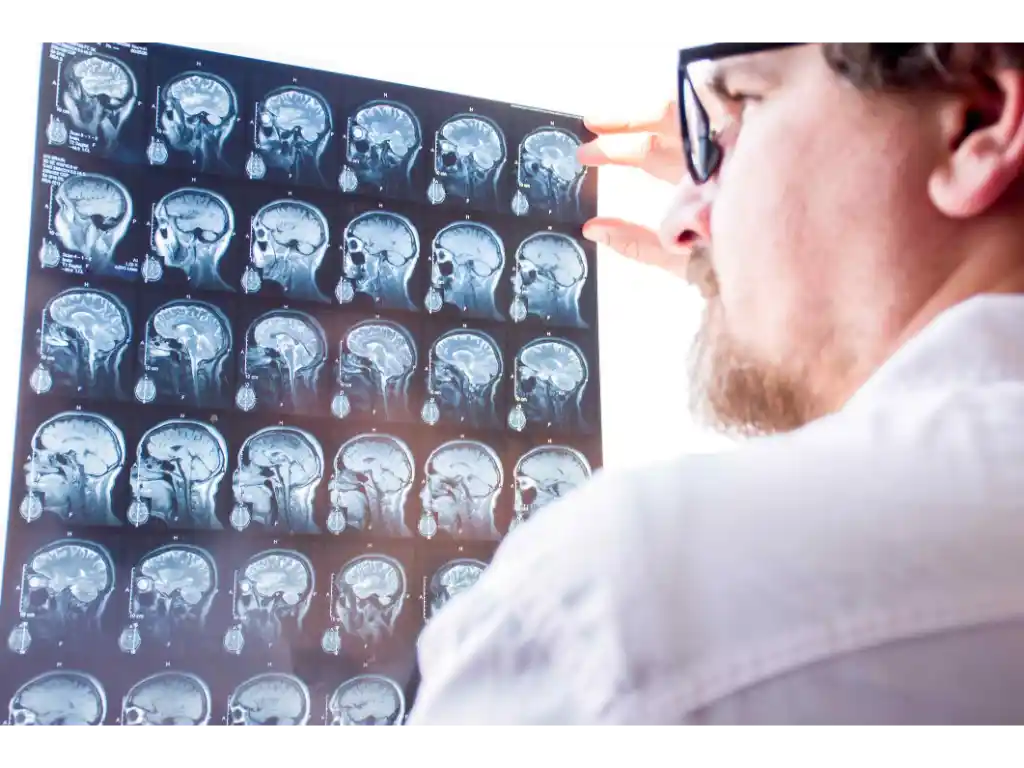
Researchers Discover Brain Damage Reverberates to Bystander Cells
According to new research from Oregon Health & Science University, injuries and diseases that afflict a relatively small number of brain cells create a chain reaction that stops activity across a complex network of neural circuits. Scientists believe the findings can shed light on why people can suffer from temporary but severe loss of cognitive function after suffering a traumatic brain injury or contracting a disease.
According to Marc Freeman, Ph.D., the director of the Vollum Institute at OHSU, “Even the so-called bystander neurons that aren’t injured or diseased can sense there’s been an injury and radically change their function. That means that it’s not just the broken neurons that are affected when you have a nervous system injury, it’s maybe all of the neurons.”
The discovery was made by researchers while they were working with the fruit fly Drosophila, which is a well-established model for neural networks in people. Researchers focused their attention on the axon, a threadlike portion of a nerve cell that transmits signals around the nervous system. To recreate the damage that occurs from a minor head injury, researchers snipped a small number of axons from a larger bundle.
Researchers discovered that the impact of the relatively small injury spread beyond the cut axon and suppressed sensory signals among neurons that weren’t initially damaged. According to the study, the response is attributed to glial cells, which are supporting cells within the brain.
Speaking about the findings, Dr. Freeman said “Glial cells are the watchdogs of nervous system health. Our work suggests that even when there’s a relatively small injury to some neurons, they can run out like Paul Revere and shut everything down.” Freeman’s working theory is that this bystander effect can evolve to help to conserve energy in large swaths of the nervous system following disease or injury. Dr. Freeman theorizes the bystander neurons can effectively revive once it becomes clear that they are uninjured.
“Our best guess is that it allows the nervous system to pause after an injury. It enables cells to assess their status and, if they’re not healthy, activate programs to destroy themselves. If they’re healthy, they recover,” said Dr. Freeman.
The skilled lawyers at Scarlett Law Group proudly represent clients who have suffered traumatic brain injuries in a variety of accidents. Call our firm today at 415-688-2176 to request your free case review with our legal professionals.
Ask A Question,
Tell Us Your Situation, &
Get A Free Consultation
Contact Us & We’ll Guide You Through Your
Next Steps!
Required Fields*
Your Information Is Safe With Us.
We respect your privacy. The information you provide will be used to answer your question or to schedule an appointment if requested.
Researchers Discover Brain Damage Reverberates to Bystander Cells

According to new research from Oregon Health & Science University, injuries and diseases that afflict a relatively small number of brain cells create a chain reaction that stops activity across a complex network of neural circuits. Scientists believe the findings can shed light on why people can suffer from temporary but severe loss of cognitive function after suffering a traumatic brain injury or contracting a disease.
According to Marc Freeman, Ph.D., the director of the Vollum Institute at OHSU, “Even the so-called bystander neurons that aren’t injured or diseased can sense there’s been an injury and radically change their function. That means that it’s not just the broken neurons that are affected when you have a nervous system injury, it’s maybe all of the neurons.”
The discovery was made by researchers while they were working with the fruit fly Drosophila, which is a well-established model for neural networks in people. Researchers focused their attention on the axon, a threadlike portion of a nerve cell that transmits signals around the nervous system. To recreate the damage that occurs from a minor head injury, researchers snipped a small number of axons from a larger bundle.
Researchers discovered that the impact of the relatively small injury spread beyond the cut axon and suppressed sensory signals among neurons that weren’t initially damaged. According to the study, the response is attributed to glial cells, which are supporting cells within the brain.
Speaking about the findings, Dr. Freeman said “Glial cells are the watchdogs of nervous system health. Our work suggests that even when there’s a relatively small injury to some neurons, they can run out like Paul Revere and shut everything down.” Freeman’s working theory is that this bystander effect can evolve to help to conserve energy in large swaths of the nervous system following disease or injury. Dr. Freeman theorizes the bystander neurons can effectively revive once it becomes clear that they are uninjured.
“Our best guess is that it allows the nervous system to pause after an injury. It enables cells to assess their status and, if they’re not healthy, activate programs to destroy themselves. If they’re healthy, they recover,” said Dr. Freeman.
The skilled lawyers at Scarlett Law Group proudly represent clients who have suffered traumatic brain injuries in a variety of accidents. Call our firm today at 415-688-2176 to request your free case review with our legal professionals.
Post tags
Table of contents
Related Blog Posts

Traumatic Brain Injury May Be a Risk Factor for Schizophrenia
Mental disorders are one of the most common outcomes of traumatic brain injury (TBI). About 1 in 3 individuals who sustain a TBI will develop depression in the following six months, and about half will…

Noise Sensitivity Following Mild Traumatic Brain Injury is a Predictor of Long-Term Post-Concussive Symptoms
The symptoms associated with mild traumatic brain injury (mTBI), also called concussion, typically resolve within a few weeks. One of the most common symptoms is noise sensitivity, which can cause discomfort and distress in loud,…

Is a Neuropsychological Exam Necessary After Suffering a Brain Injury?
After a person suffers a minor or severe brain injury, doctors often use MRI or C.T. scans to help identify lesions and determine if there is any neurocognitive dysfunction. However, even with a C.T. scan…

